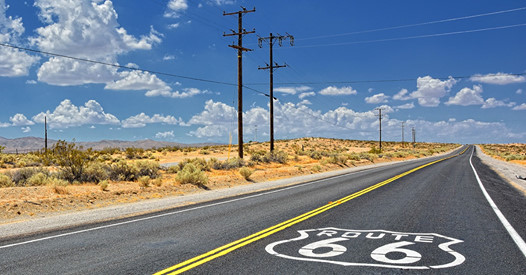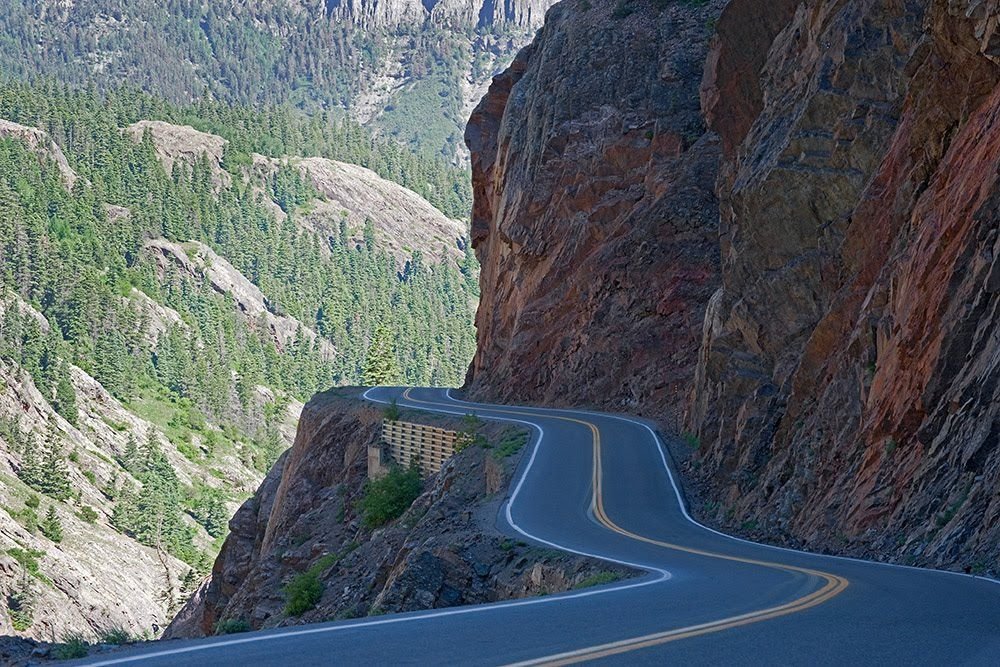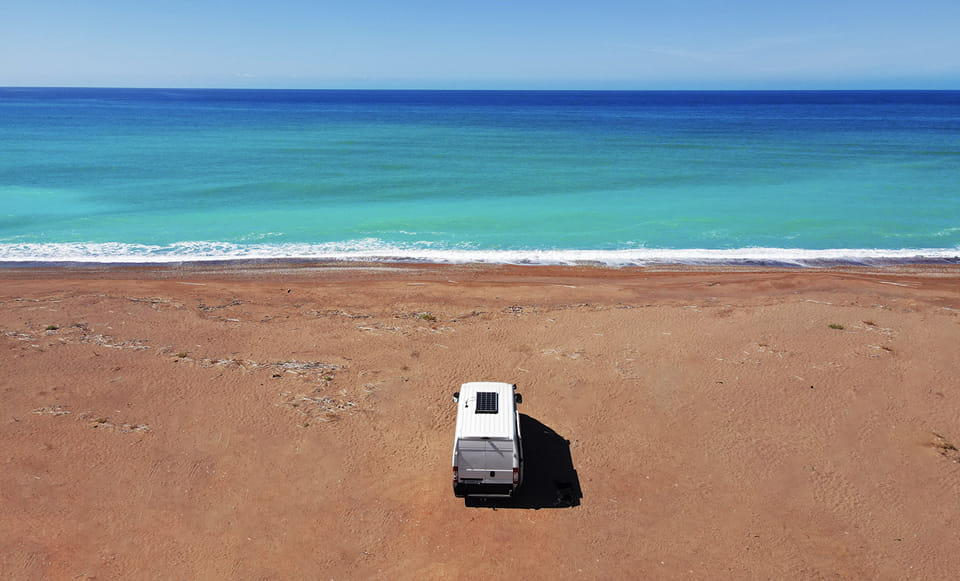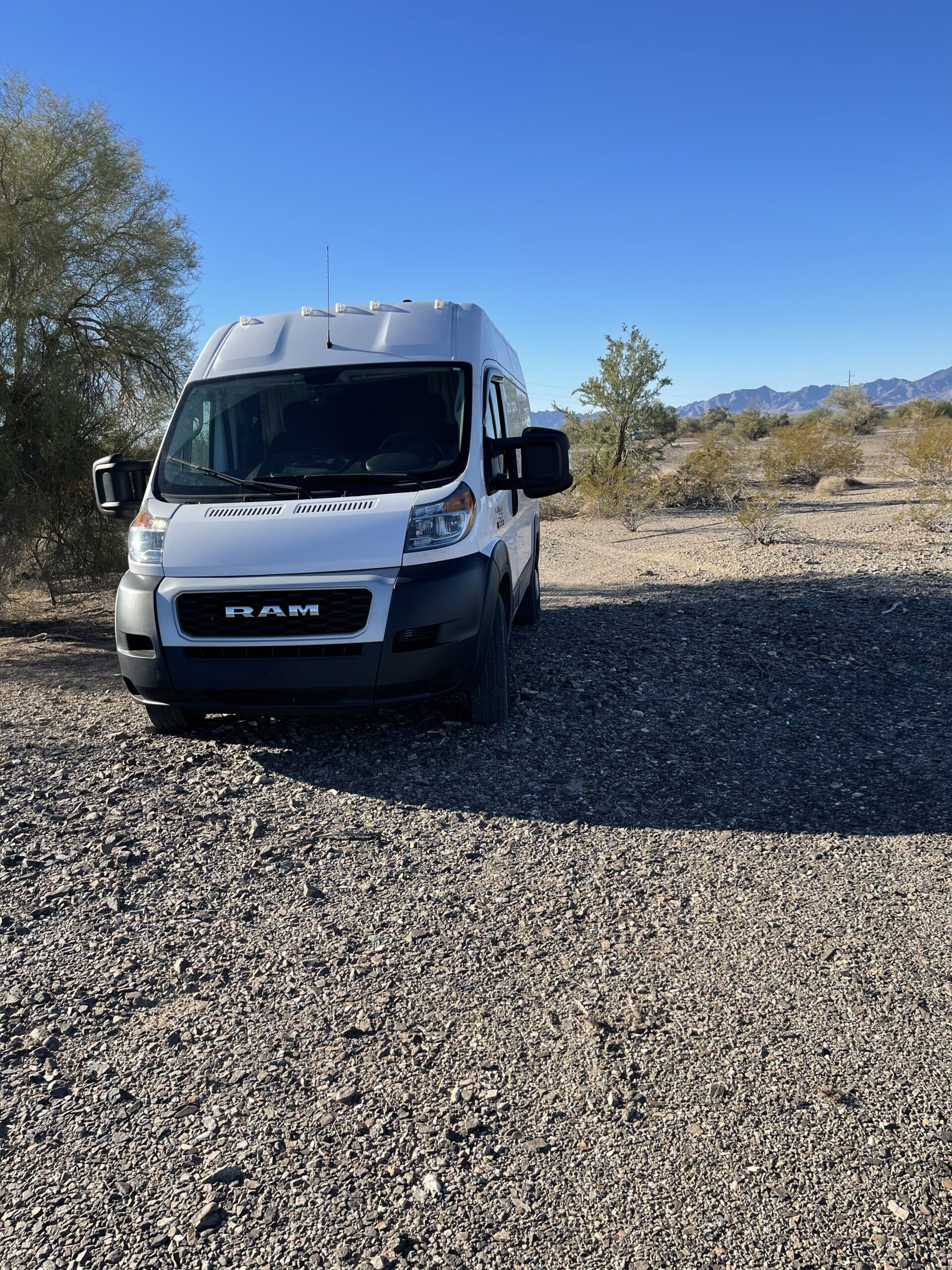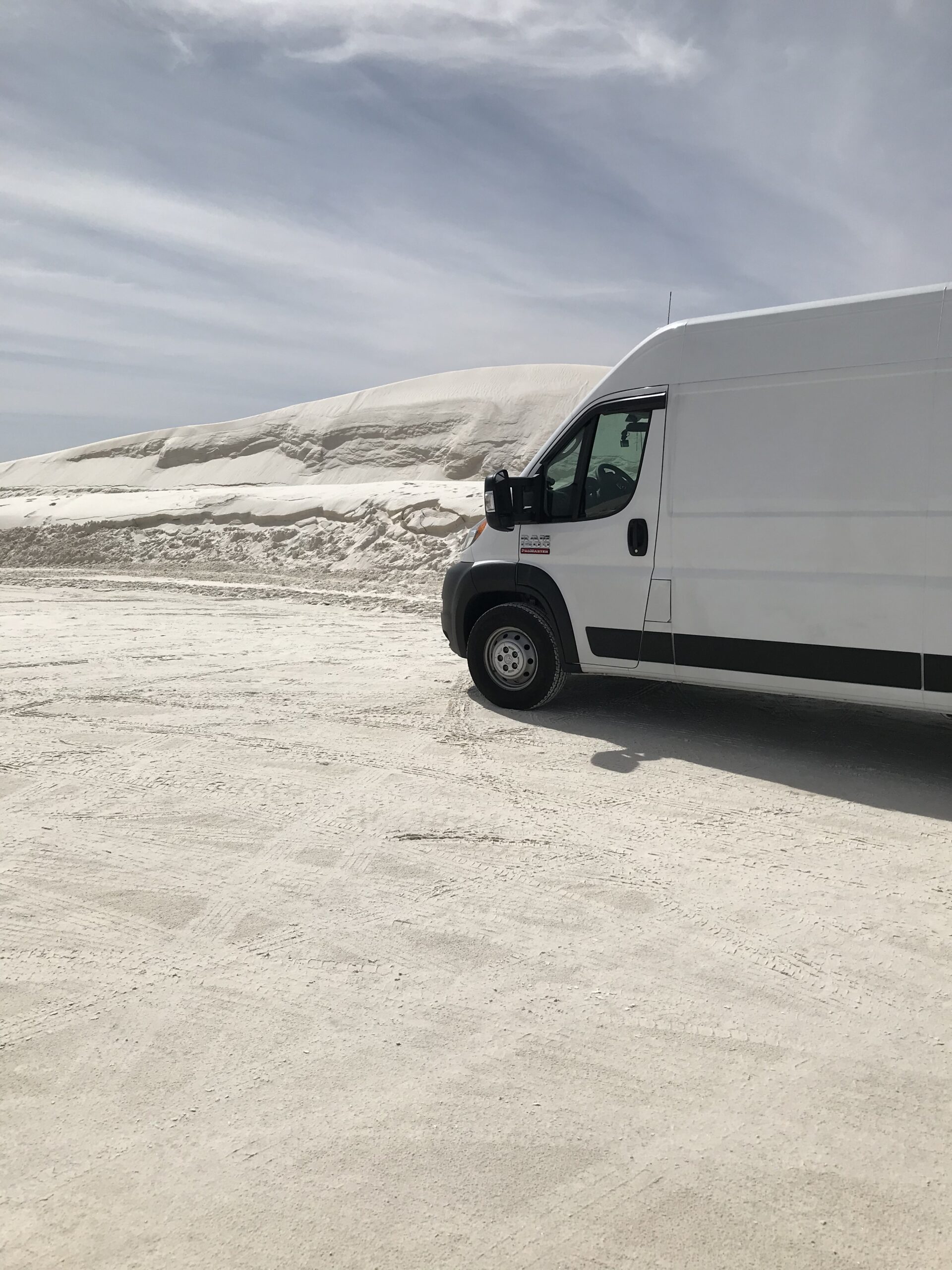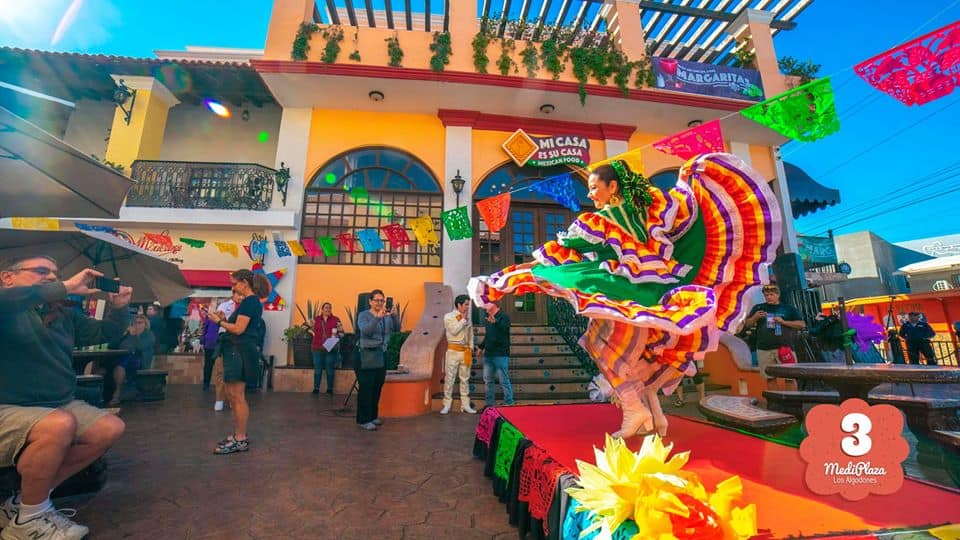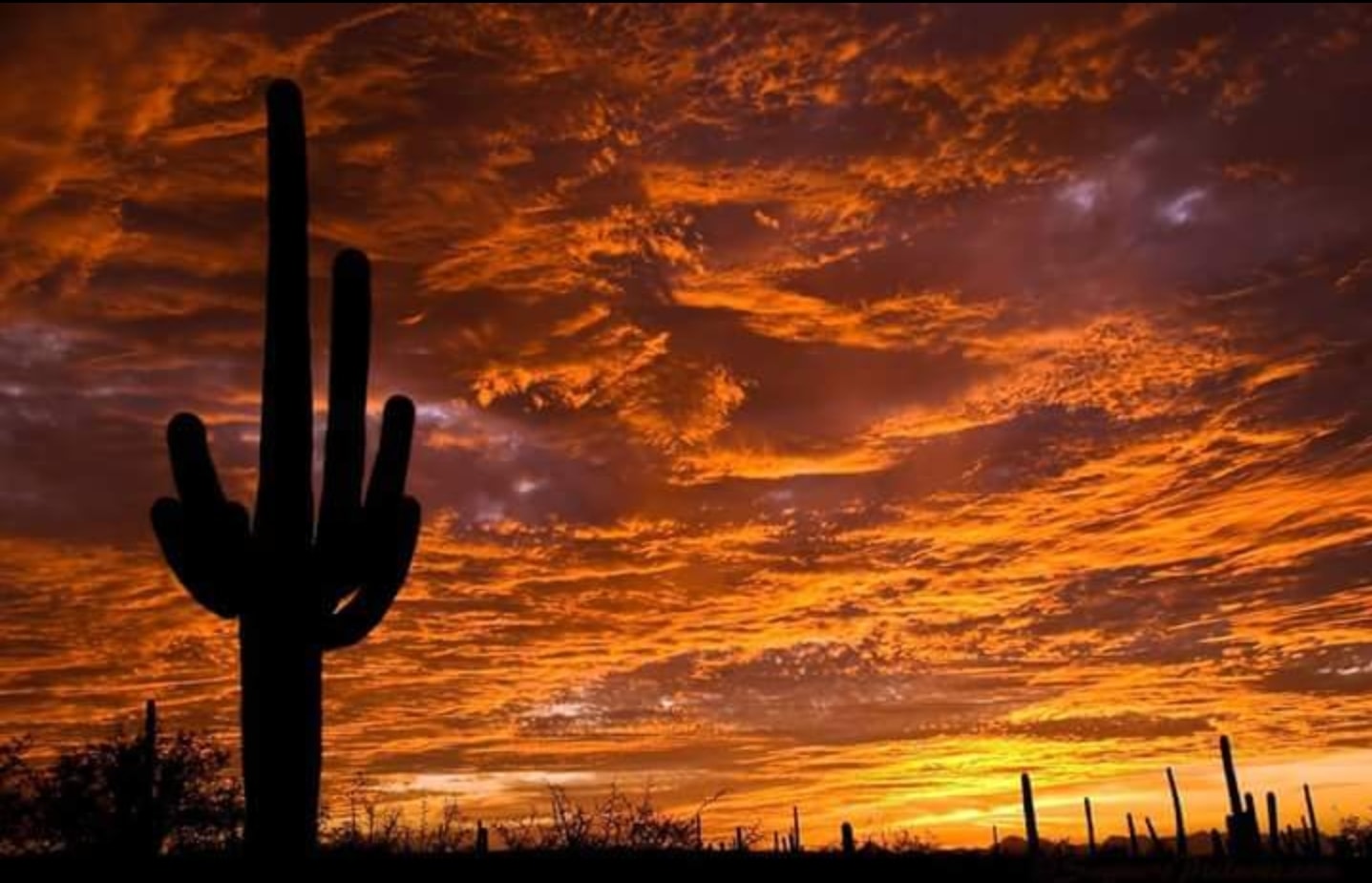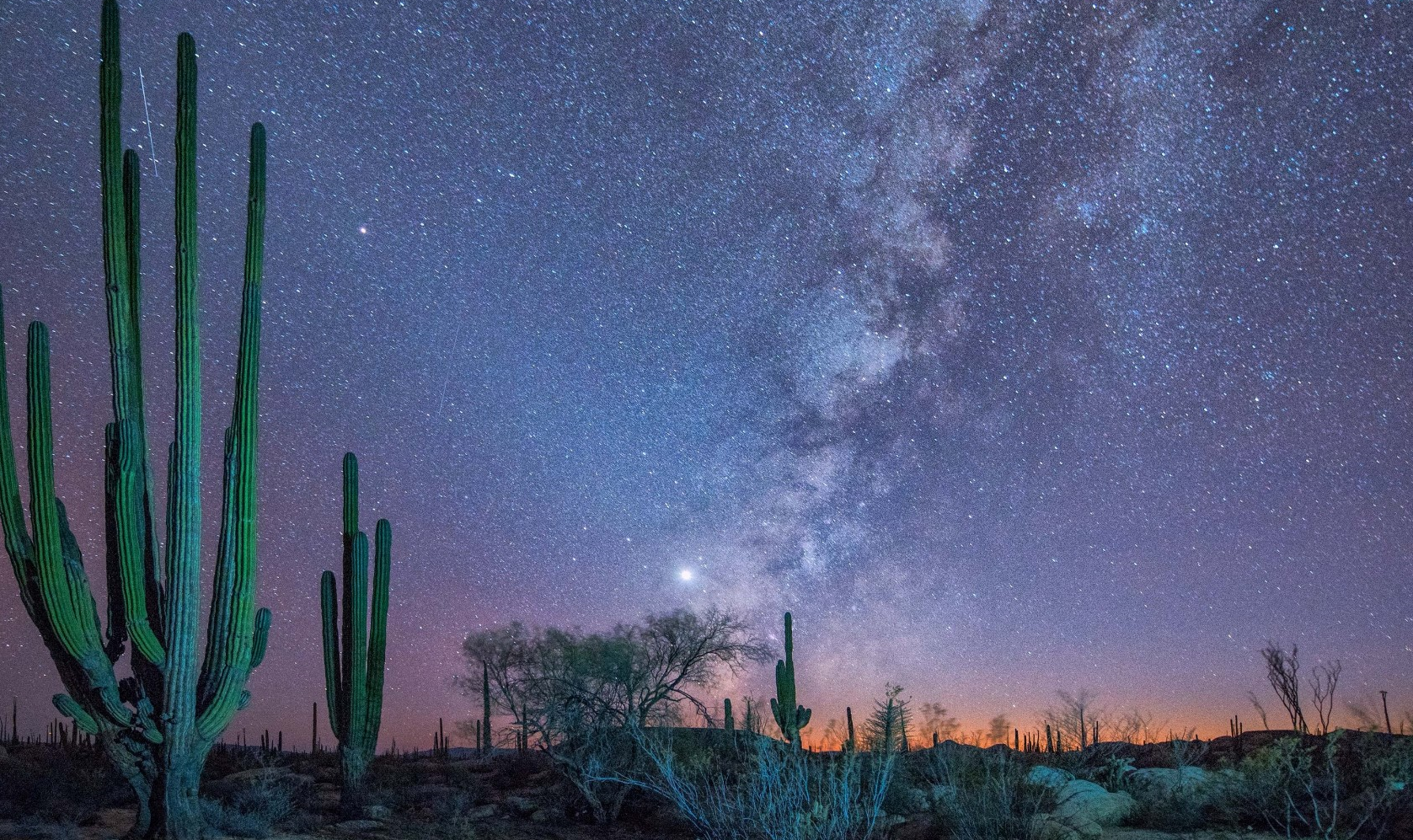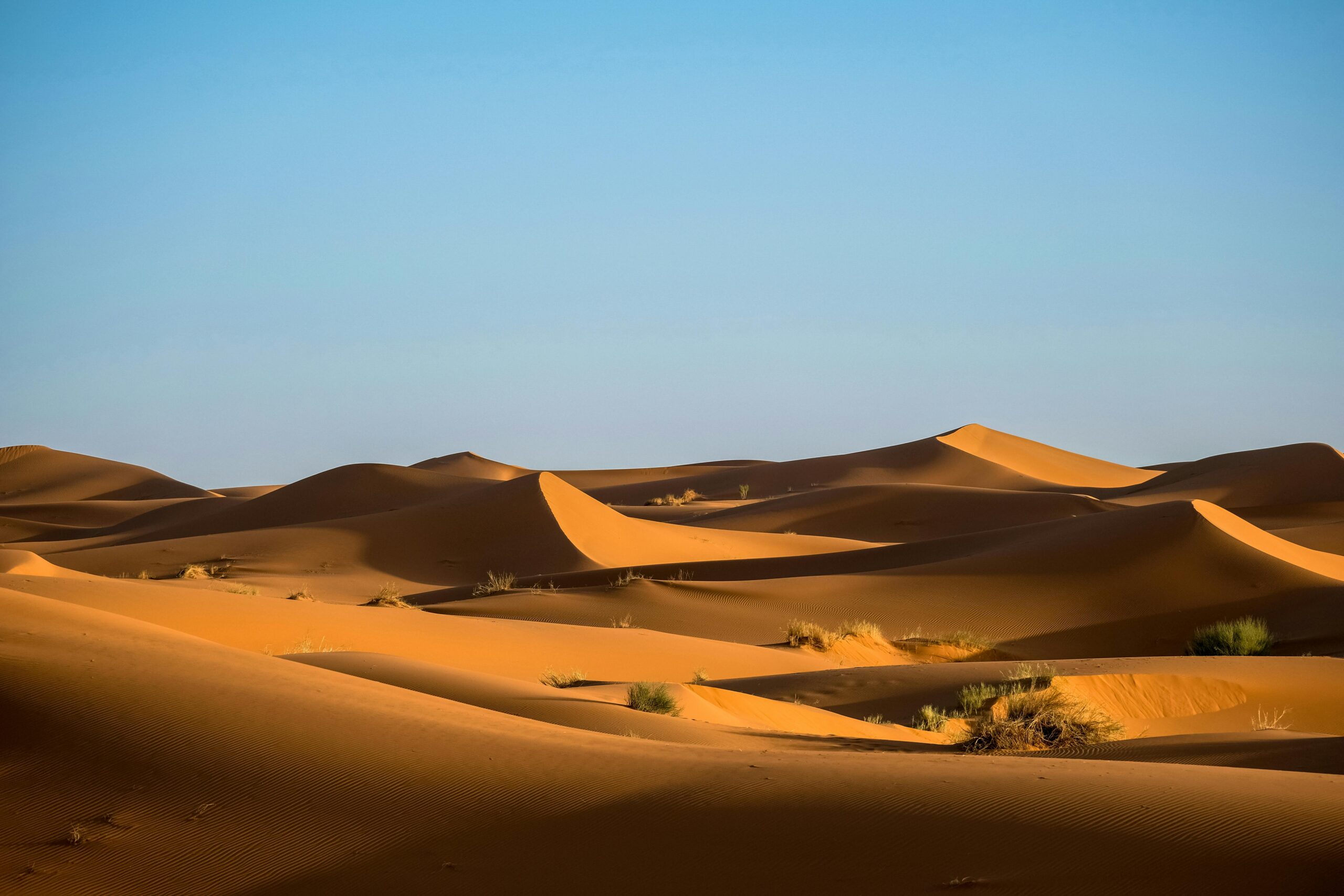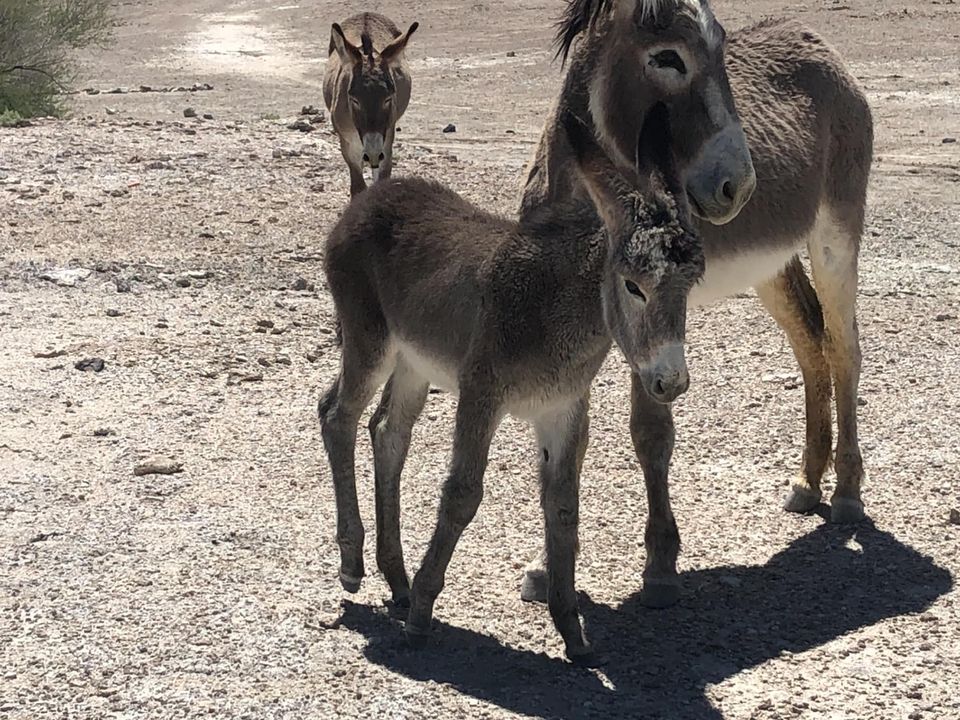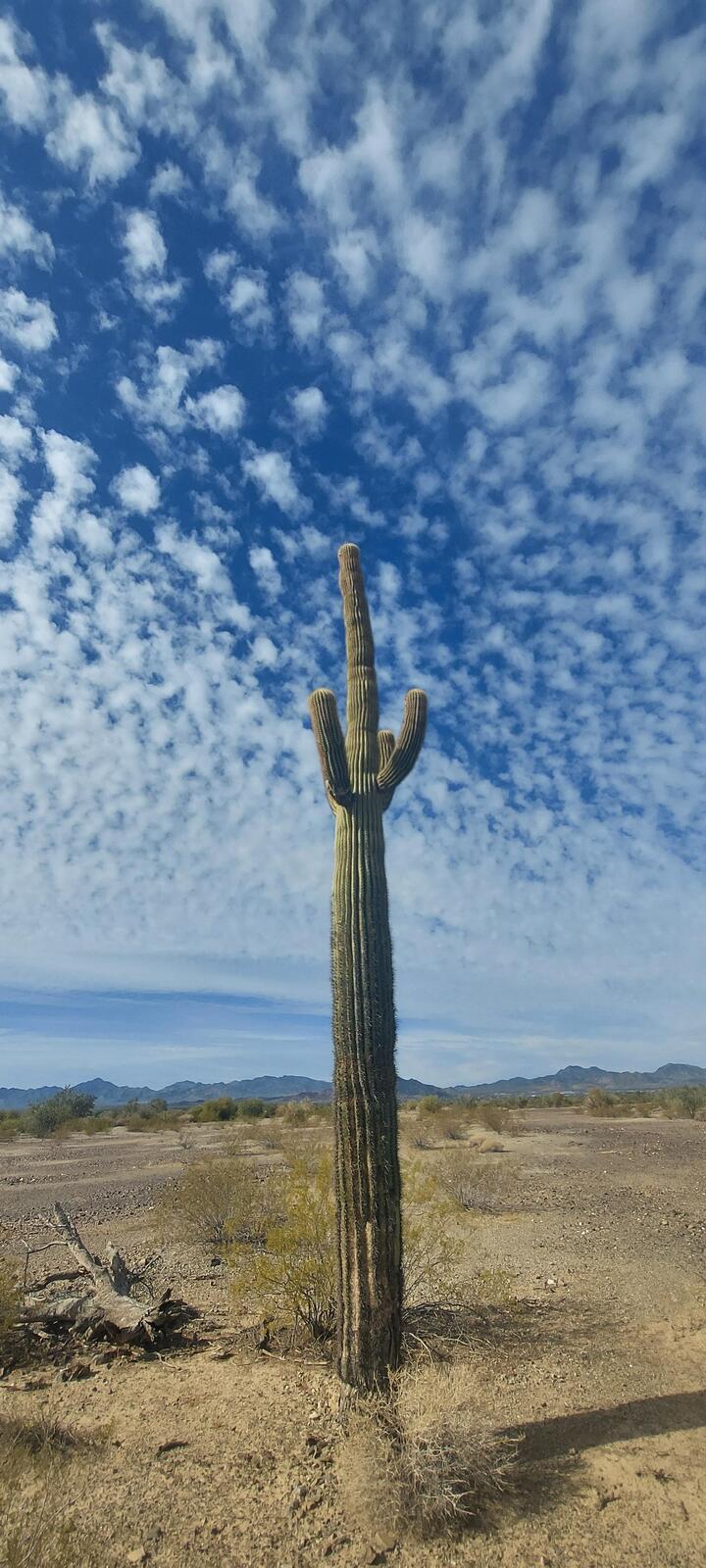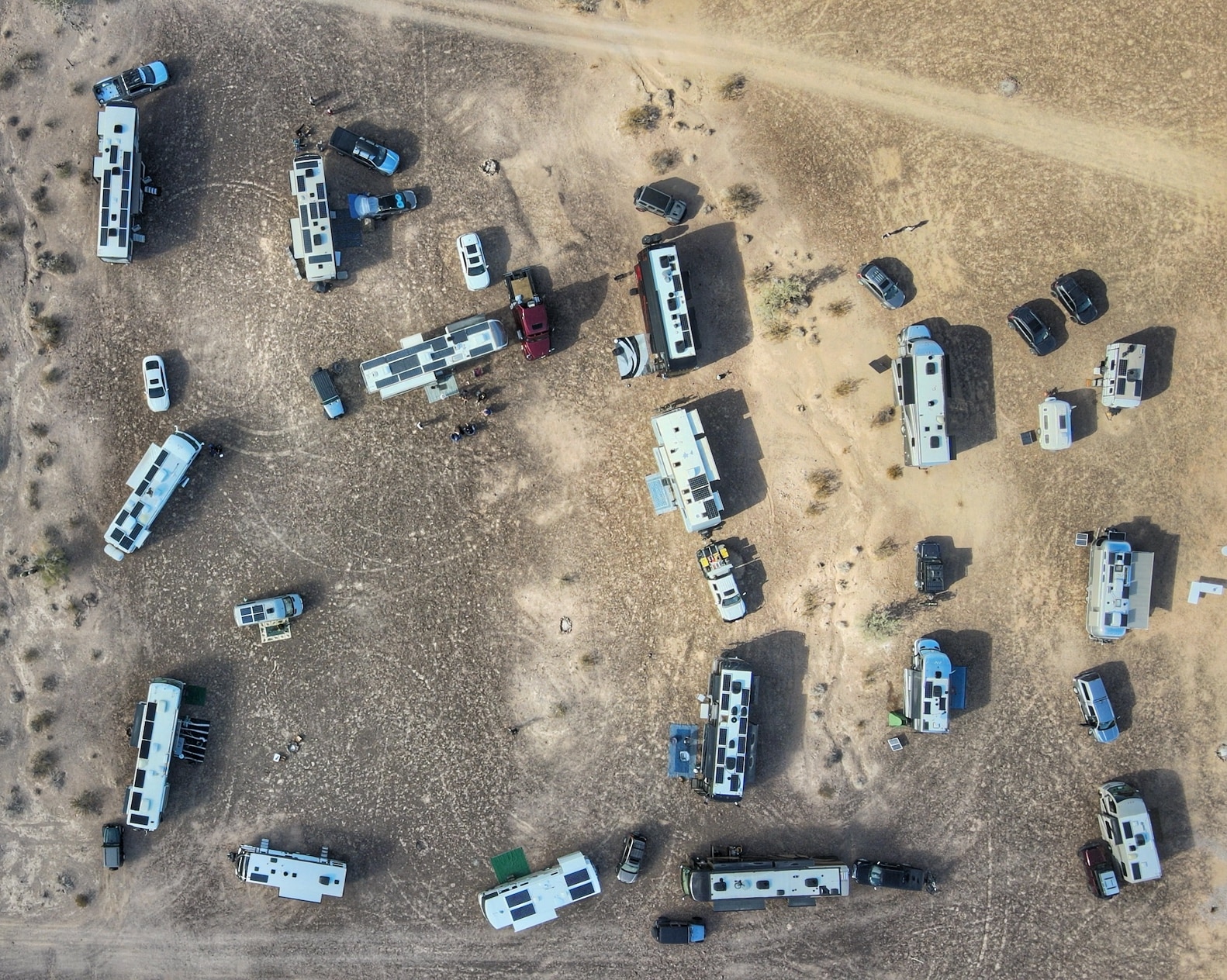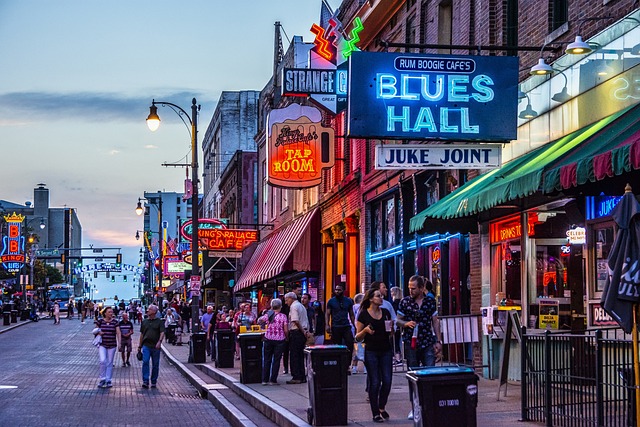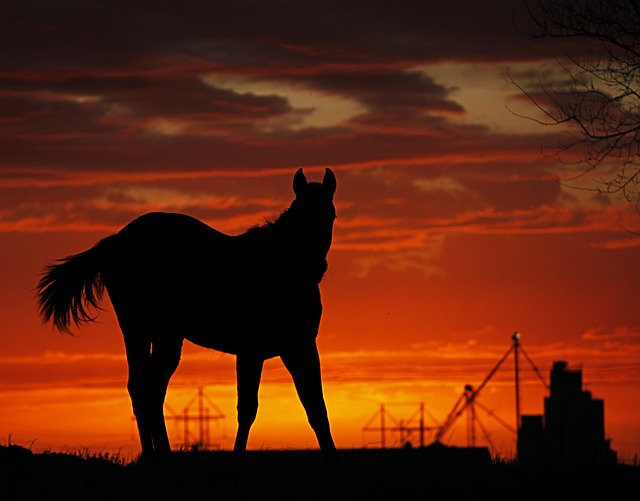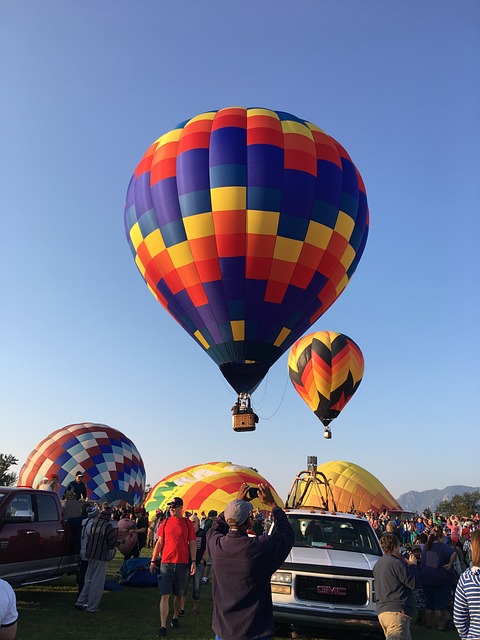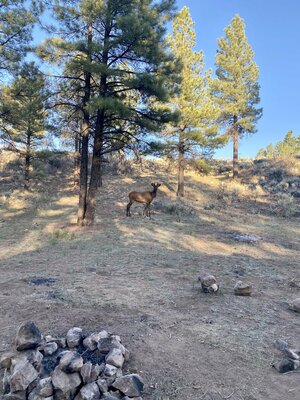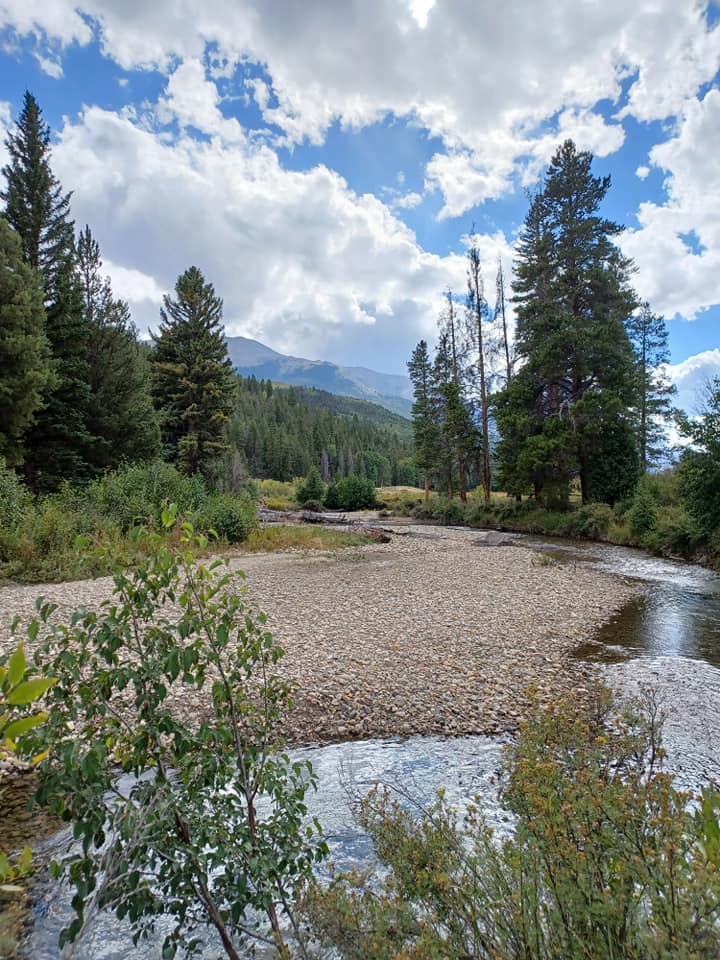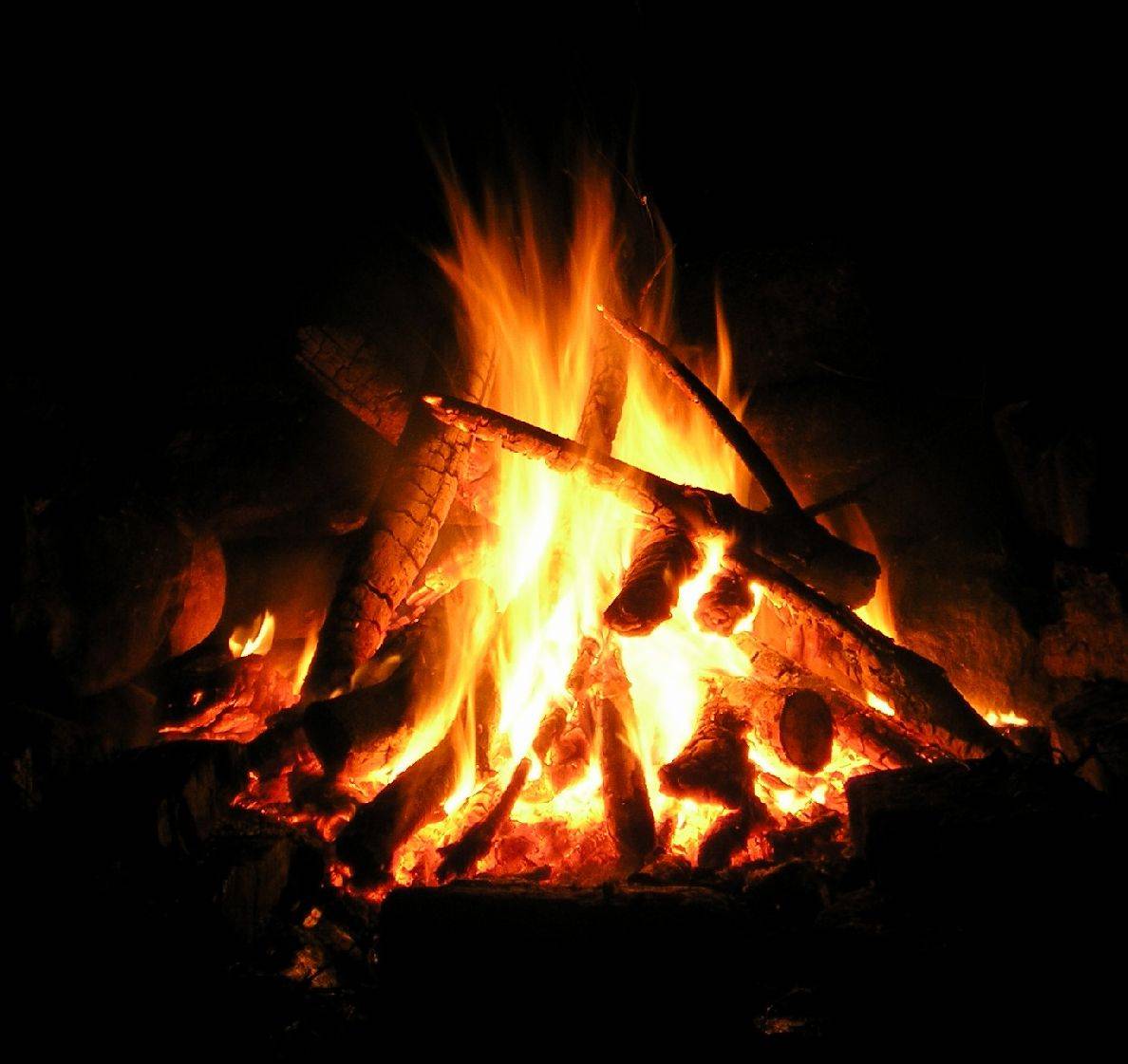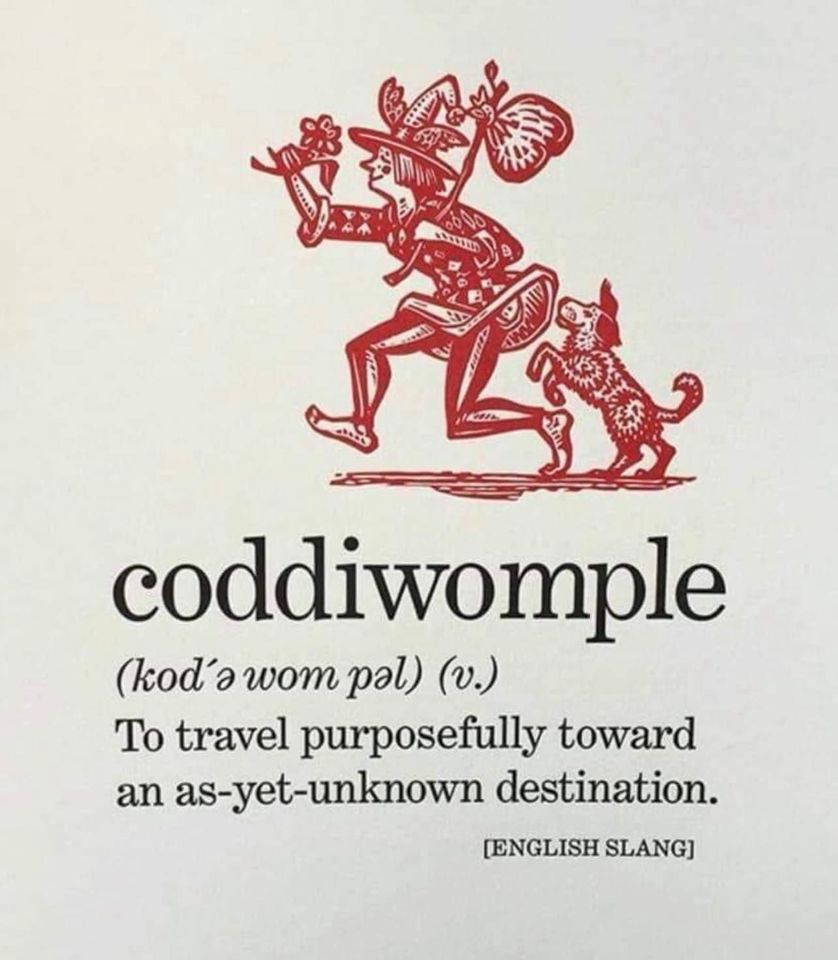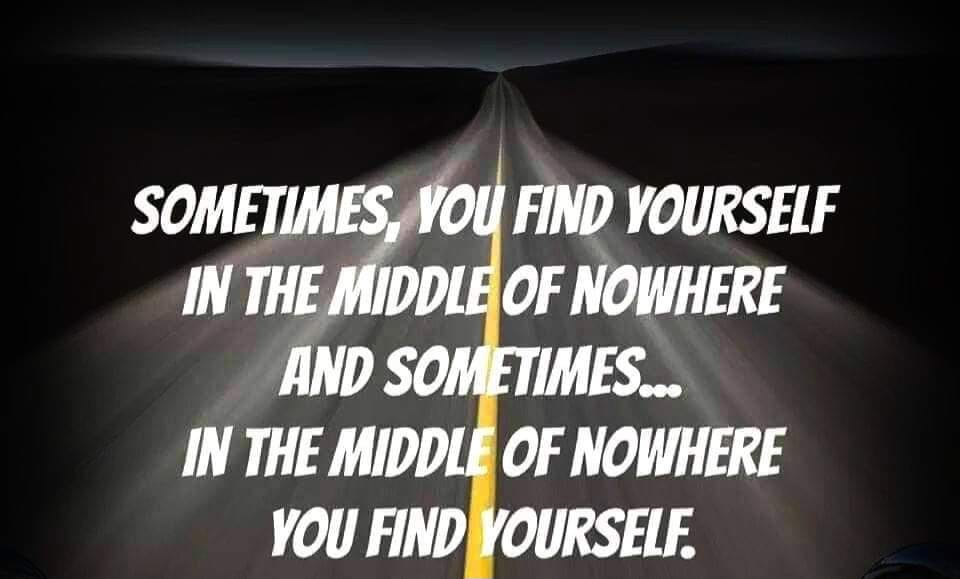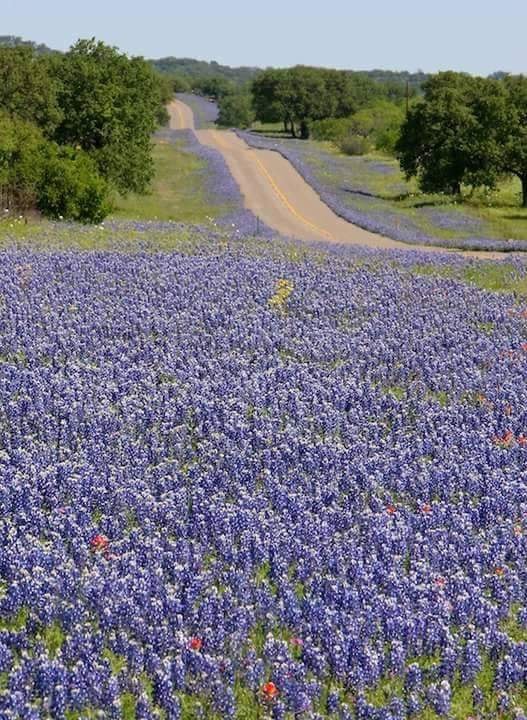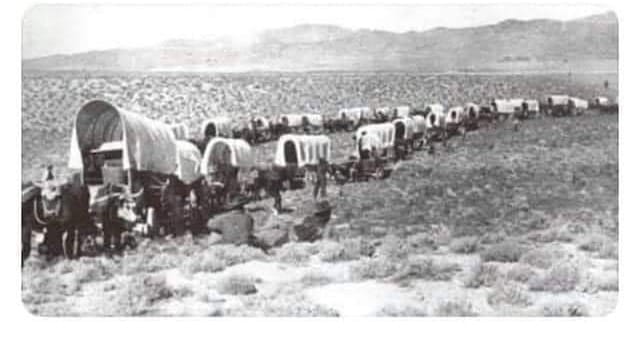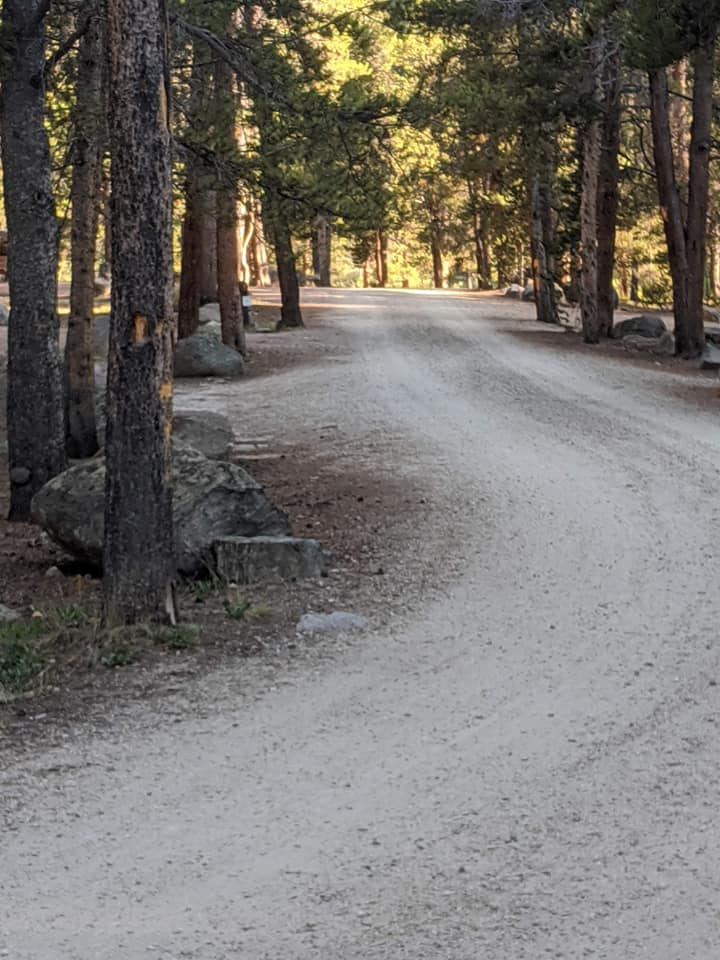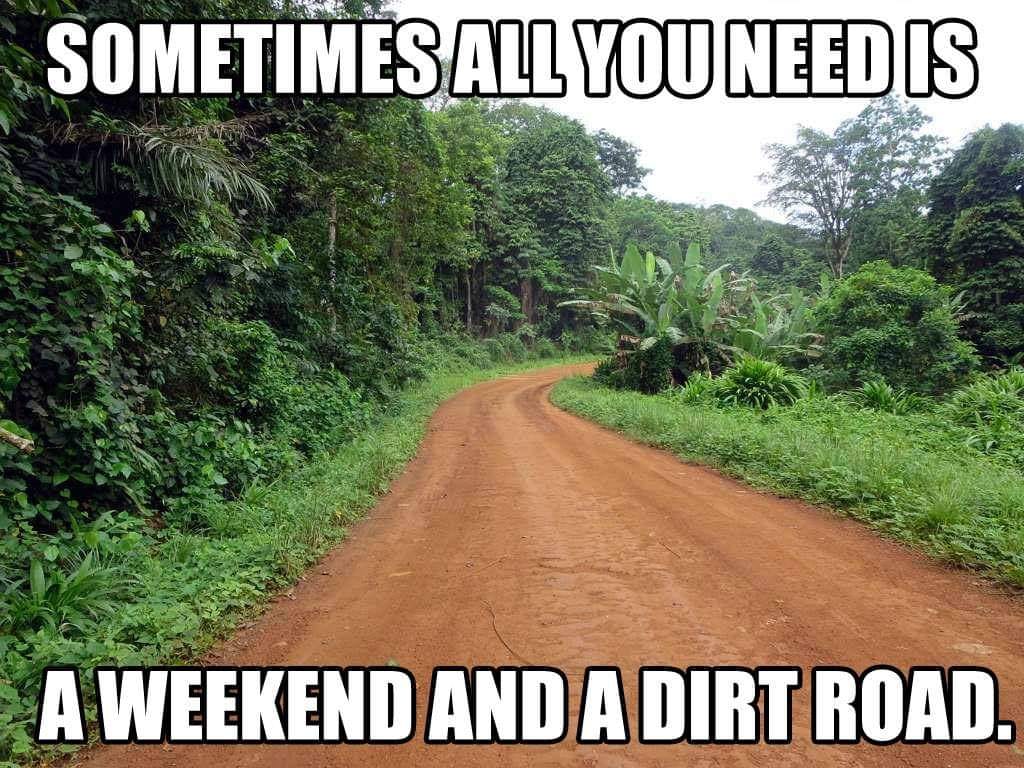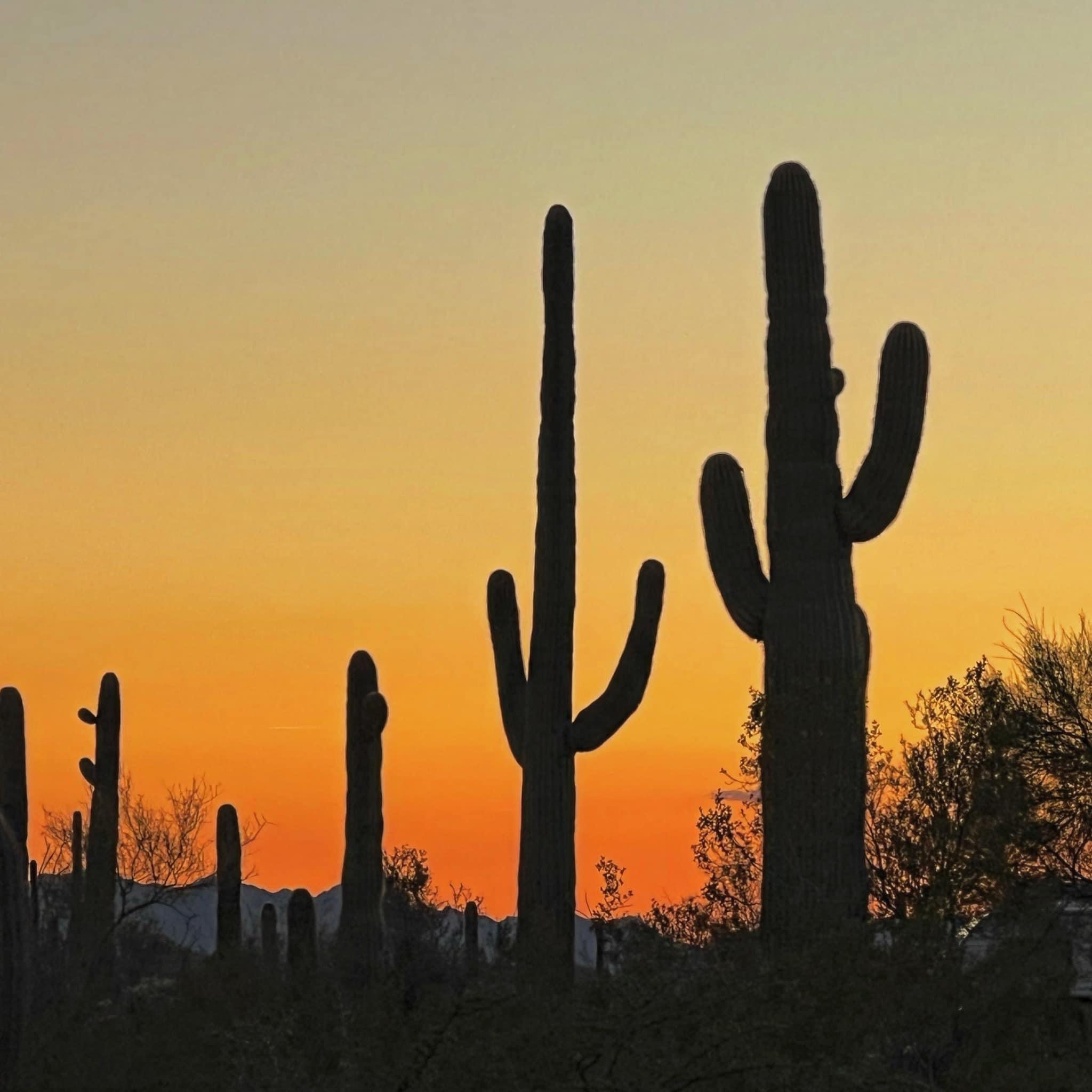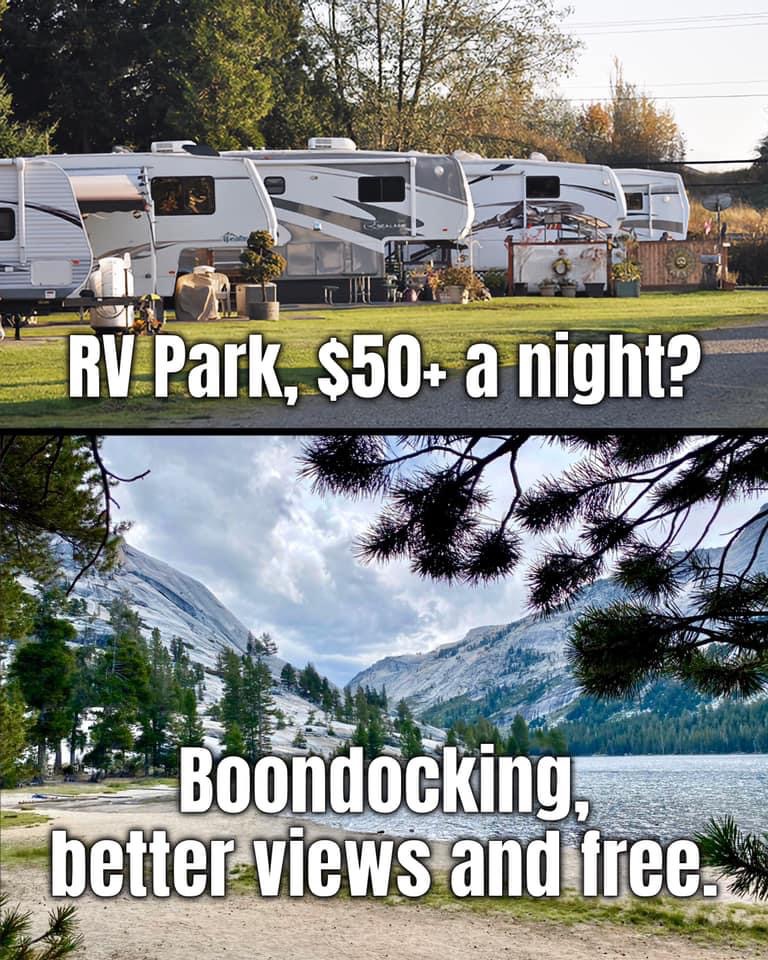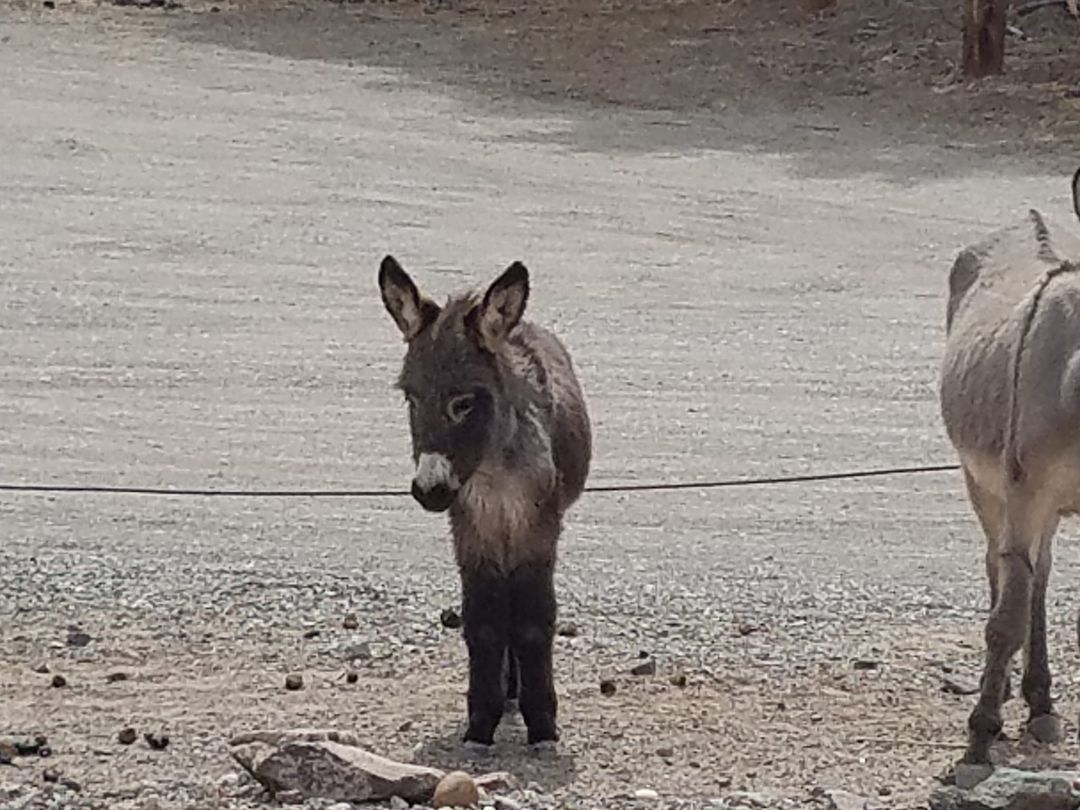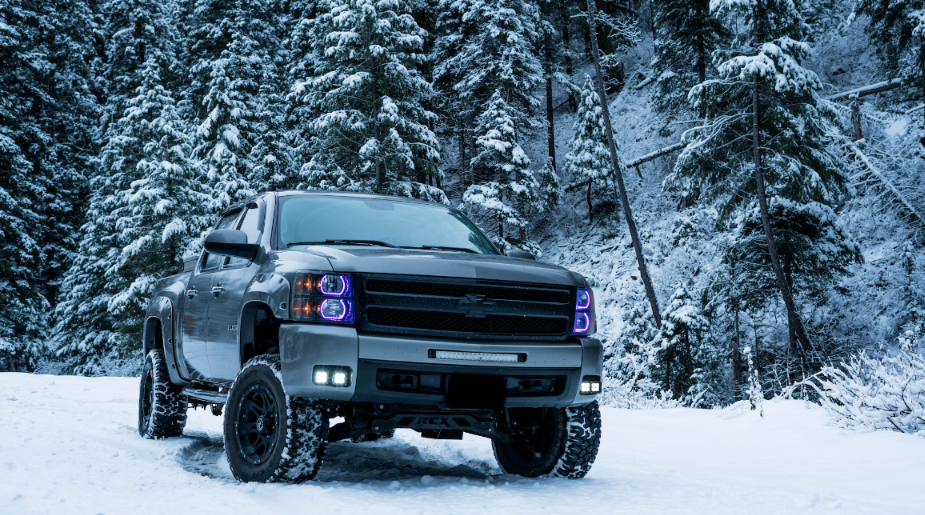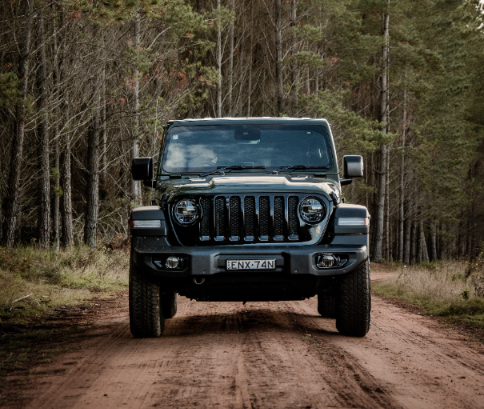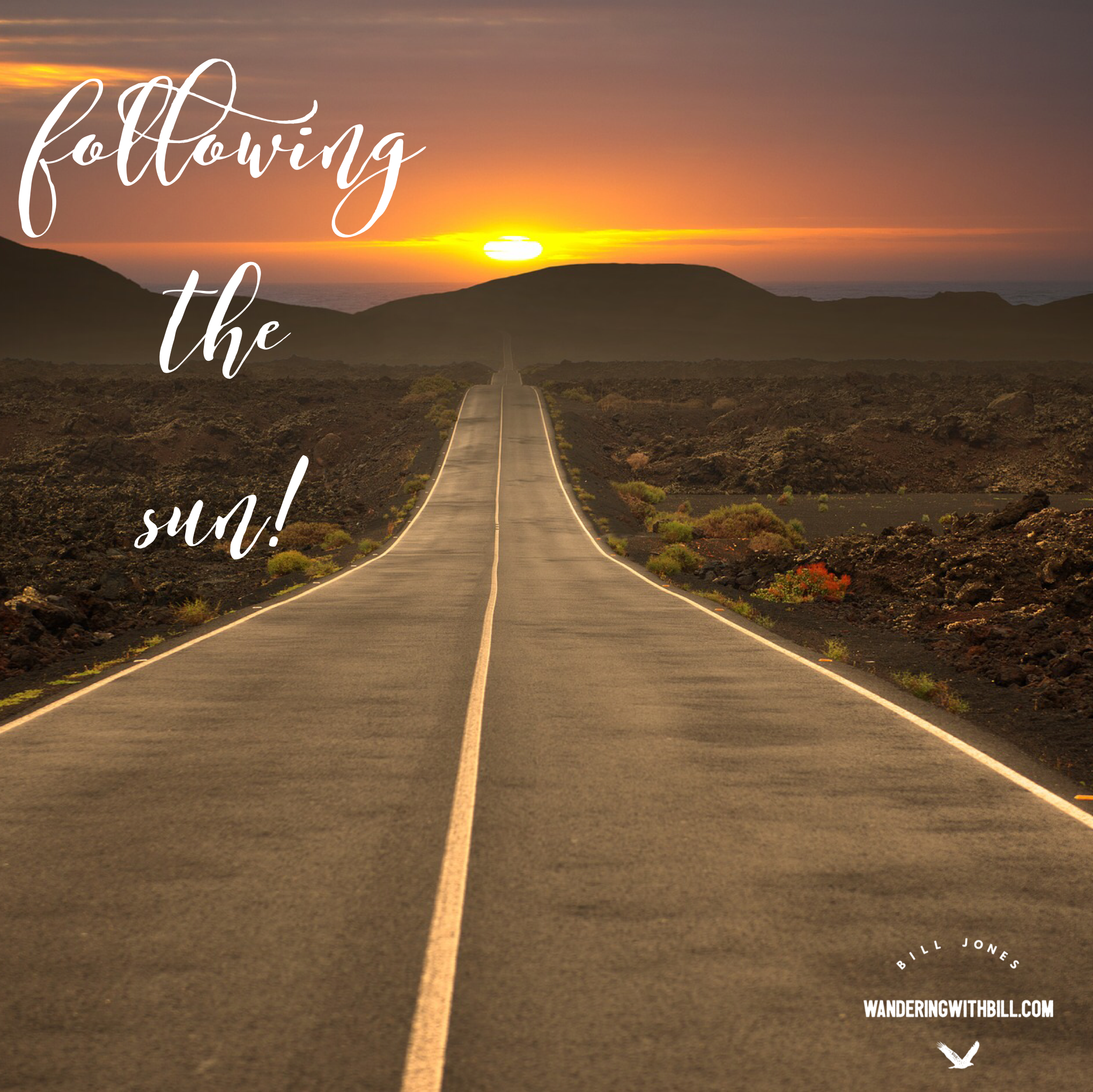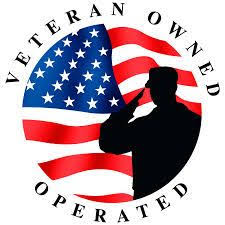As someone who loves traveling in his camper van and camping around this great country, I love being alone.
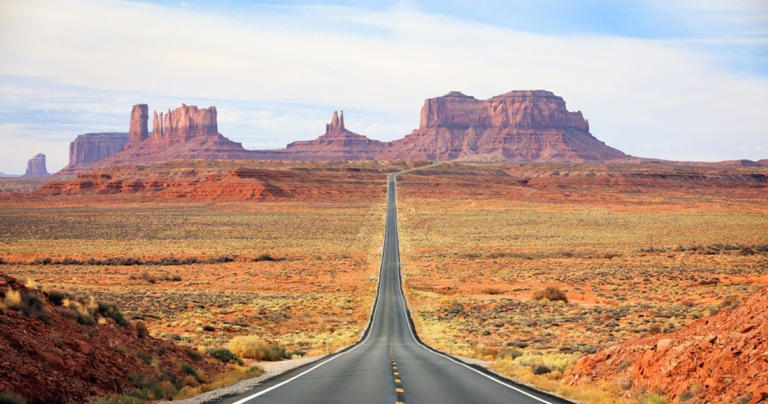
I enjoy solitude. It’s calm, peaceful, relaxing and therapeutic. It’s an opportunity for reflection, contemplation, and growth. Solitude is empowering. It frees me from the constraints, distractions, and influences imposed by others and allows me to be myself fully.
Solitude is my safe haven. It is my refuge from conventional people and mainstream society. Solitude removes me from the mindless idiocy and sheer unbridled stupidity of modern everyday life. I escape the matrix whenever I can.
Bill Jones (that’s me) is primarily a solo traveler and part-time nomad in his converted camper van. Consider following me on my blog; https://WanderingWithBill.com.
Solitude is not the same as loneliness. I feel most alone in crowds of other people but never in solitude. In my previous life, I traveled extensively to major cities on business and had to deal with crowded, noisy areas which only increased my stress levels and anxiety. Since retiring, I can now avoid this type of travel.
My favorite way to find solitude is simply to get away. That usually means being outdoors in nature. The natural world is beautiful, inviting, and calming for my soul. I can eliminate all the annoying distractions from society and unnecessary drama from people. Regular solitude is every bit as important as regular exercise for me.

I value moments when I can disconnect and remove myself from the barrage of advertising, the influence of propaganda, and the insane culture of consumption polluting our minds and souls. I value disconnecting and spending time in peace and quiet, away from the daily chaos of modern society.
Solitude allows more time for introspection. It’s a safe space to unwind and be at peace. It leads to better self-awareness and more self-reliance. I can think more deeply and process emotions without outside influences.
Finding silence and solitude can be challenging. Resisting the cultural programming of this toxic, fast-paced, task-oriented, deadline-driven, ambition-focused way of life, which has been forcibly taught to us daily since childhood, takes constant effort. The tyranny of the clock in schools prepares us for the tyranny of the clock at work. It is the rot responsible for so much stress and anxiety in society.

The workplace can often be the most significant source of stress. Wage slavery is terrible for our health. I was fortunate in that I had a relatively low-stress job for years, but it has become increasingly toxic of late.
Stress and anxiety disappear when I’m out in nature. There is so little to get angry about, except when you see intrusions into nature. As Ted Kaczynski pointed out, “I just got mad seeing the machines ripping up the woods and so forth…” The destruction of nature and wildlife habitat can be quite upsetting, but wild, undisturbed nature never angers me or stresses me out.
So many people accept their cultural programming and hardly ever rest. They feel they must be busy satisfying external expectations, constantly reaching and achieving goals, and always doing stuff. There’s a quote from Malanie Lau that speaks to this: “Western cultures believe we must be alive for a purpose, to work, to make money. Some indigenous cultures believe we’re alive just as nature is alive: to be here, to be beautiful and strange. We don’t need to achieve anything to be valid in our humanness.”
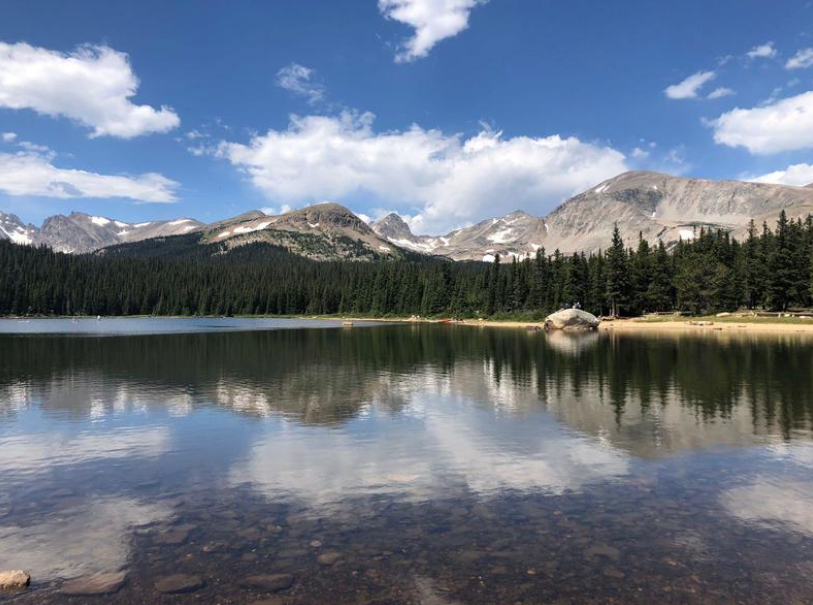
Those toxic, busy lifestyles lead to a body under constant stress. It turns off your body’s natural repair mechanisms. It leads to poor mental and physical health outcomes, and we see it everywhere around us.
Spending time in solitude is a welcome respite from the stress of the work week. Relaxing, just being alive, and being “beautiful and strange” enables the body’s natural repair mechanisms. Being alone maximizes the restorative benefits.
Regularly practicing solitude and ditching all the nonsense the (mis)education system taught me during childhood and all the productivity nonsense as an adult has led to positive mental health benefits. To quote the wise Yoda, “You must unlearn what you have learned.” Rejecting everything I was taught by Western society was the first step in my healing process.
Some people will label me a “loner” or “outcast,” to reinforce that I don’t fit in and am not considered “normal” by conventional Western societal standards. I thank them for the compliment.
I believe in spending more time finding joy from within. Looking outside of myself to others for validation, approval, and attention is wrought with stress and anxiety. I don’t need it, and I don’t want it.
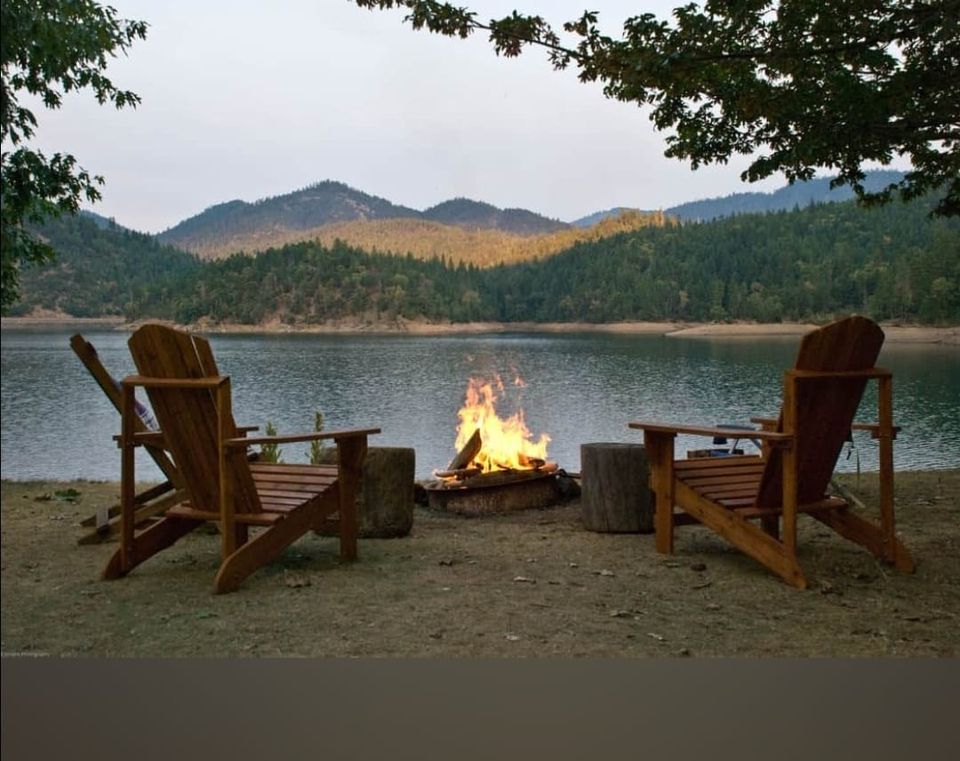
Spending time alone is a rewarding and joyful experience. It allows me to recharge and rejuvenate. It is my personal temporary autonomous zone, where I get a chance to experience authentic, genuine freedom. Solitude helps me stay grounded, happy, and sane in an insane world.
=====
I am not a full-time nomad. I have a home base and therefore do not live full-time in my camper van as some nomads do. You can follow my adventures on my blog at:
https://WanderingWithBill.com
The journey is the destination…
Enjoy the pleasure of getting lost…

